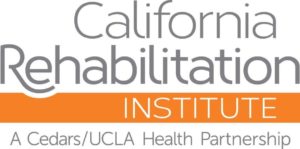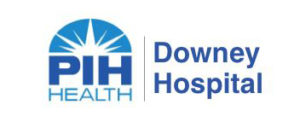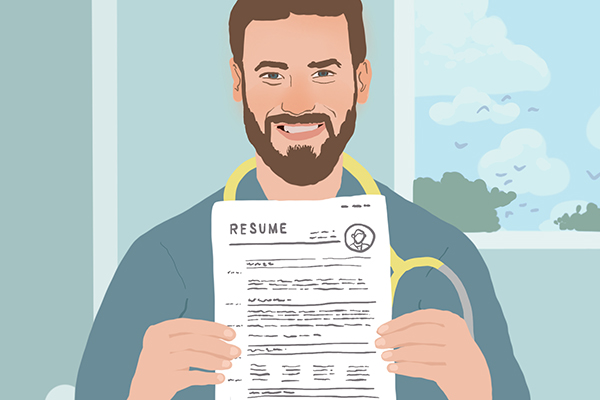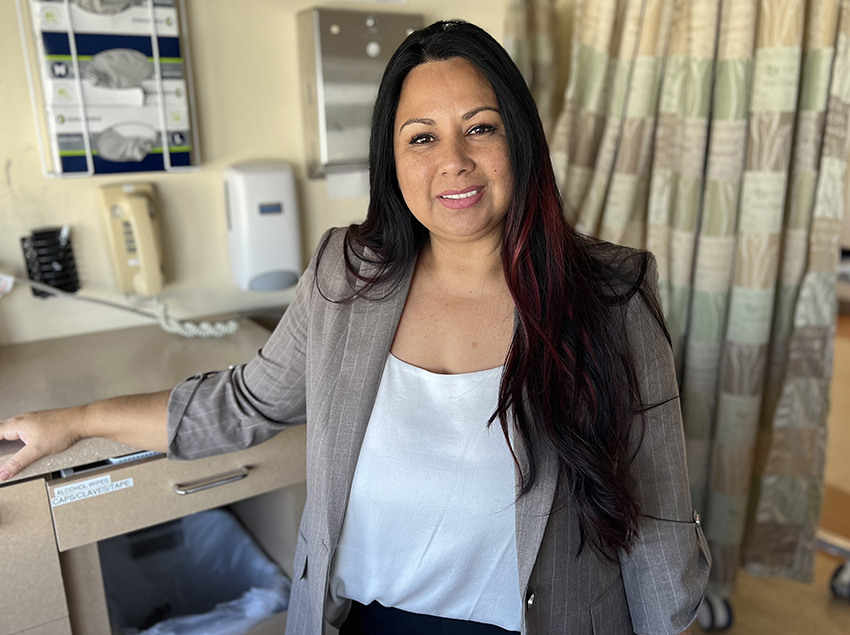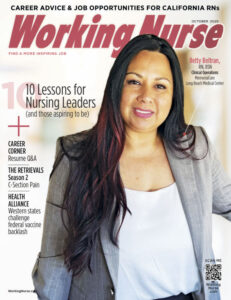Nursing & Healthcare News
The Guilty Verdict in the RaDonda Vaught Case
The facts as presented in the courtroom, and the dangers of autofill

A guilty verdict was reported in the controversial trial of RaDonda Vaught, the former Tennessee nurse who was indicted in 2019 over a medication error that killed an elderly patient.
Criminal Conviction
Few court cases have attracted as much attention from nurses as the case of RaDonda Vaught, a former nurse at Vanderbilt University Medical Center in Nashville, Tenn., who faced criminal charges for the death of 75-year-old patient Charlene Murphey in 2017.
On March 25, 2022, before a courtroom full of supportive nurses from around the country, the jury found Vaught guilty of criminally negligent homicide and abuse of an impaired adult. Vaught lost her nursing license in July 2021. Now, the former RN could face up to eight years in prison.
A Lethal Error
Murphey died on Dec. 27, 2017, hours after Vaught, then a Vanderbilt resource nurse, administered the wrong medication: vecuronium bromide, a neuromuscular blocker that causes progressive full-body paralysis and respiratory arrest.
In charging Vaught, the Davidson County D.A.’s office did not allege that Murphey’s death was deliberate or the result of malice. The central question was whether Vaught’s actions constituted criminal negligence.
Drug Name Confusion
To put the charges in perspective, it’s important to understand the facts as Vaught herself recounted them to investigators.
On Dec. 26, 2017, Vaught was conducting a new-hire orientation when the radiology department asked her to administer a sedative to Murphey, whose assigned nurse was at lunch. By her own account, Vaught was distracted by her conversation with the orientee while preparing Murphey’s medication.
When Vaught attempted to retrieve the prescribed medication — the sedative Versed — from the automated dispensing cabinet, she couldn’t find the drug in the patient’s profile, which listed the sedative under its generic name, midazolam, rather than the brand name shown on the prescription.







